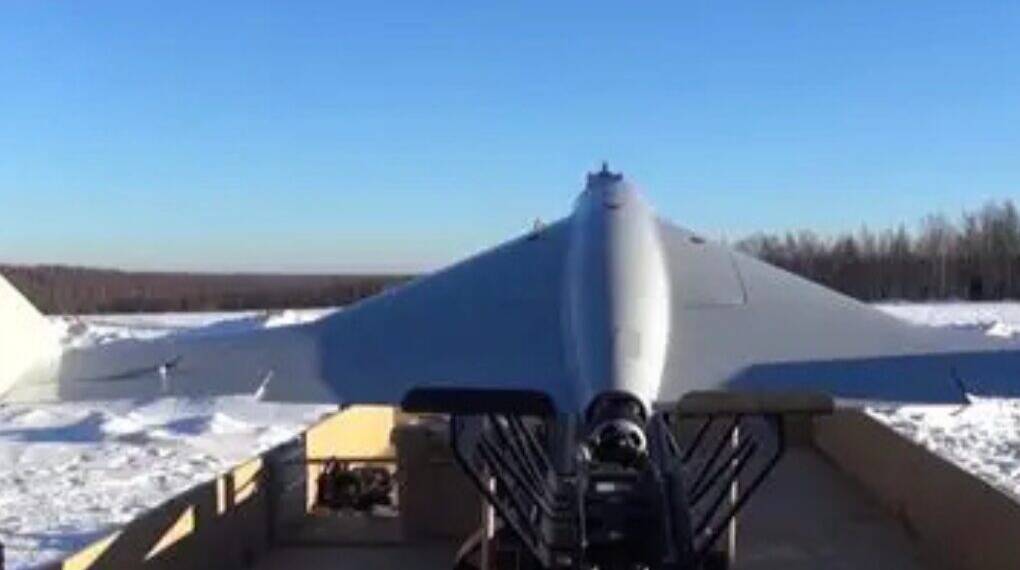In a striking display of modern naval capabilities, the Russian Baltic Fleet conducted large-scale naval exercises—codenamed “July Storm”—from July 23 to July 27, 2025. The drills showcased advanced military technologies, notably the use of unmanned kamikaze drone boats.
Captured in dramatic footage released by the Russian Ministry of Defense, these boats destroyed simulated enemy targets with devastating precision, signaling a shift in the future of maritime conflict. This article explores the scope of the exercises, the drone technology involved, and the implications for regional and global naval warfare.
Overview of ‘July Storm’ Exercises
The “July Storm” drills were part of a broader naval readiness initiative involving Russia’s Northern, Pacific, and Baltic Fleets, alongside the Caspian Flotilla. The massive operation involved more than 150 warships, 120 aircraft, 10 coastal defense missile systems, and over 15,000 personnel.
Directed by Admiral Alexander Moiseyev, Commander-in-Chief of the Russian Navy, the exercises tested long-range strikes, anti-submarine warfare, and unmanned system deployments.
A central highlight was the Baltic Fleet’s deployment of kamikaze drone boats. These sea-based unmanned vessels successfully targeted and destroyed a simulated enemy ship in the Baltic Sea, with footage showing a spectacular fireball upon impact. The test underscored the increasing operational maturity of unmanned surface vehicles (USVs) in Russia’s naval doctrine.
Technological Details of Kamikaze Drone Boats
The kamikaze drone boats deployed during the exercises represent a major advancement in Russia’s unmanned warfare arsenal. Though technical specifications remain classified, Russian sources describe the vessels as having:
A combat range exceeding 300 kilometers
Operational autonomy of up to 24 hours
Real-time video feed with optical targeting capabilities
Large warhead payload capacity
These attributes suggest a vessel designed for both tactical and strategic roles—capable of targeting enemy warships, coastal infrastructure, or critical maritime assets.
In tandem with offensive maneuvers, crews at the Baltiysk and Leningrad naval bases practiced defensive operations against incoming drone swarms. Patrol vessels, anti-submarine ships, missile boats, and minesweepers employed artillery, machine guns, and electronic warfare systems to counter simulated drone boat incursions.
Strategic Context and Regional Impact
The Baltic Sea’s strategic importance has only grown in light of ongoing tensions between Russia and NATO. Surrounded by key NATO member states—including Poland, Lithuania, Latvia, Estonia, and Finland—the region has become a hotspot for military signaling. Russia’s demonstration of drone warfare capabilities aims to deter adversaries and assert dominance amid regional instability.
The development and deployment of USVs by Russia echo tactics seen in other theaters. Ukraine, for instance, has deployed kamikaze drone boats like the “Stalker 5.0” against Russian naval assets in the Black Sea. A notable case was the October 2022 attack on Sevastopol Naval Base. Similarly, Houthi forces in Yemen have used explosive-laden boats against Saudi ships in the Red Sea. These examples underscore a global trend: the rising prominence of unmanned systems in naval warfare.
Geopolitical Messaging and Asymmetry
Russia’s release of high-profile footage from the exercises serves both military and political objectives. Domestically, it reinforces the narrative of technological advancement and military strength. Internationally, it serves as a warning to NATO and other observers of Russia’s evolving capabilities.
Unmanned drone boats offer a cost-effective means to challenge superior naval forces, embodying a form of asymmetric warfare. Their relatively low production cost and potential for high-impact damage make them particularly appealing for nations seeking to level the playing field against technologically advanced adversaries.
Challenges and Limitations
Despite their potential, the real-world utility of kamikaze drone boats faces significant challenges:
Susceptibility to rough seas and electronic countermeasures
Reliance on secure and stable communication channels for control
Uncertain performance against active defense systems of NATO warships
Furthermore, the use of simulated targets in controlled drills limits the assessment of these systems under combat conditions. The authenticity of the exercise footage, often circulated via Telegram or X, must also be critically evaluated given the broader context of information warfare.
The Russian Navy’s “July Storm” exercises mark a pivotal moment in the evolution of naval combat, highlighting the integration of unmanned systems into conventional military operations.
The successful demonstration of kamikaze drone boats emphasizes a shift toward more agile, asymmetric, and technologically driven warfare strategies.
As global powers continue to refine their unmanned capabilities, the Baltic Sea stands as a frontline theater for observing the next chapter of maritime conflict.
Monitoring these developments will be crucial for understanding the balance of power and the trajectory of naval innovation in the years ahead.








